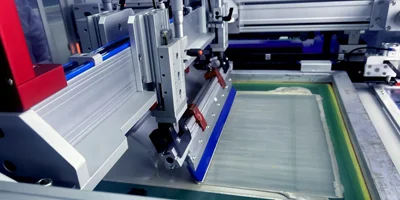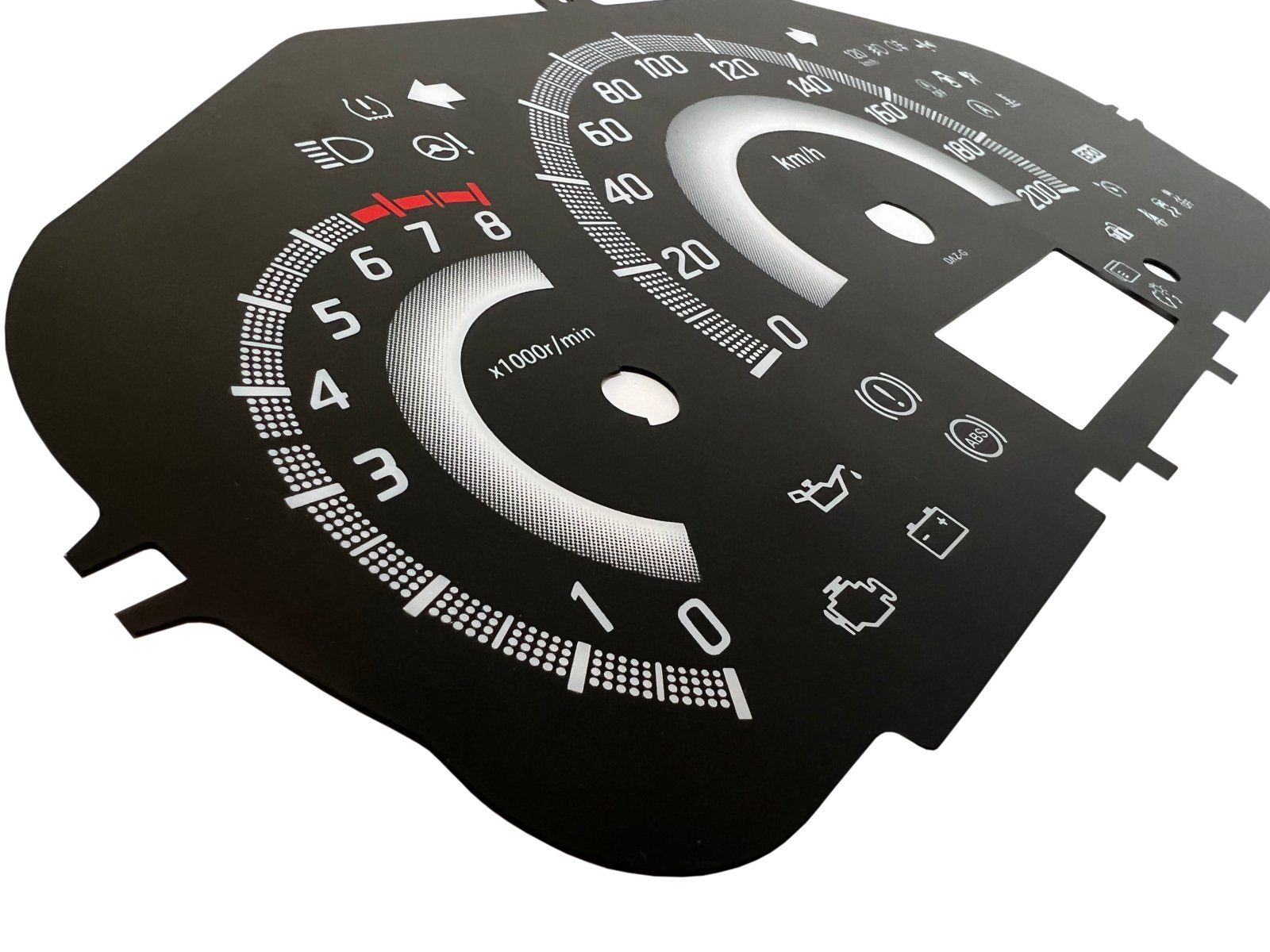フォローしてください:
How to Custom Membrane Switches for Your Product?
Custom Membrane Switches&Guide
Membrane switches play a pivotal role in modern electronic devices. Whether it’s medical equipment, household appliances, or industrial control panels, custom membrane switches can provide your product with unique functionality and aesthetics. But how do you customize such a switch for your product? This article will offer you detailed steps and recommendations.
Determine your needs for custom membrane switches
First and foremost, you need to clarify what kind of membrane switch your product requires. Before this, you can read the article ‘What is a membrane switch? How do membrane switches work?‘ to learn more about membrane switches.
Some points need to be considered when customizing a membrane switch:
- Functional Requirements: How many buttons do you need? Is backlighting required? Learn more about backlit membrane switch solutions. You can also visit “How Does an LGF Backlit Membrane Switch Achieve Uniform Light Diffusion?” This article will tell you more about LGF backlighting.
- Button Embossing: Do you want embossed buttons? You can access”From Membrane Switches to Graphic Overlays: The Selection and Application of Embossed Keys“ to learn more about key embossing information.
- Tactile Domes: Do you want to install tactile metal domes for your buttons? You can refer to “What is a metal dome membrane switch?”and”What is a tactile membrane switch keypad?” to learn more information about metal dome membrane switches.
- Is a waterproofing and sealing solution required? You can click here for more information on waterproofing solutions.
- Do you need to support dry (ESD,EMI,RIF) immunity? You can click here for more information on shielding solutions.
- Size and Shape: The switch’s size and shape should perfectly match your product.
- Durability: In what environment will your product be used? Is there a need for waterproofing, dustproofing, or other special features? Check out Waterproof Membrane Switch Solutions for more information.
- Circuit Choice: Do you prefer FPC (Flexible Printed Circuit) or silver printed circuit? Check out FPC (Flexible Copper Circuits) for more information on FPC membrane switch.
- Connector Pitch: Would you opt for 1mm or 2.54mm? You can refer to “What are the options for Membrane Switch Connectors?” to learn more about membrane switch connectors.
- Connector Type: Do you prefer a bare tail connector, a female connector, or a male connector? You can refer to “What are the options for Membrane Switch Connectors?” to learn more about membrane switch connectors.
- Circuit definition, you need to determine the circuit schematic of the membrane switch based on your PCB (Arduino).

Choose the Right Membrane Switches Manufacturer
To ensure you get a high-quality custom membrane switches, it’s crucial to select a manufacturer with extensive experience and advanced technology. They should be able to provide design recommendations to ensure your switch is both functional and aesthetically pleasing.
Click here to learn how to choose a membrane switch manufacturer.
As an experienced membrane switch manufacturer, WeGlow can provide you with a wide range of membrane switch and capacitive touch switch solutions. Contact us today to discuss your project.
Membrane Switch Prototype Design and Creation
Work closely with the manufacturer to design your membrane switch. Consider the following:
- Graphics and Colors: Ensure the switch design aligns with your brand and product style. You can refer to “In-Depth Analysis of Color Systems: Differences and Challenges in Converting RGB to CMYK, Alongside PANTONE and RAL” —this article will inform you which colors to use when printing membrane switch panels. Alternatively, you can visit “Membrane Switch Design Guide” to learn how to design a graphic interface.
- Material Selection: Choose the right materials to ensure the switch’s durability and feel.
- Membrane Switch Prototype Creation: Before mass production, create one or a few prototypes to ensure they meet your requirements.
Click here for membrane switch prototyping services

Testing and Evaluation
Test the prototype to ensure its performance in real-world applications matches expectations. This might include functional tests, durability tests, and user experience tests.
Mass Production
Once satisfied with the prototype’s performance and appearance, you can commence mass production. Collaborate closely with the manufacturer to ensure every customized membrane switch meets your standards.
Post-Purchase Support
Ensure the manufacturer offers technical support and warranty services post-purchase, so you can be confident the switch will function throughout its lifecycle.
Learn more about membrane switches
Contact us to bring the membrane switch of your concept to life.
